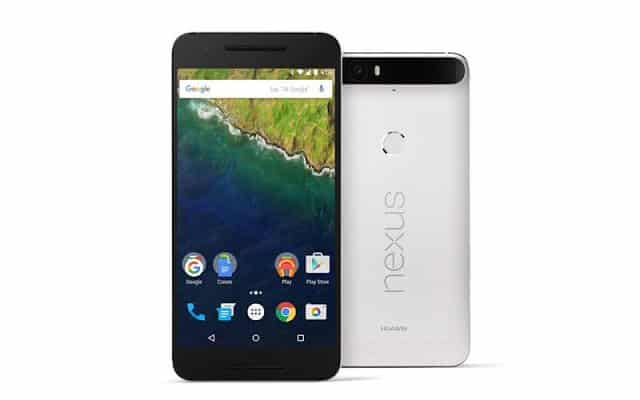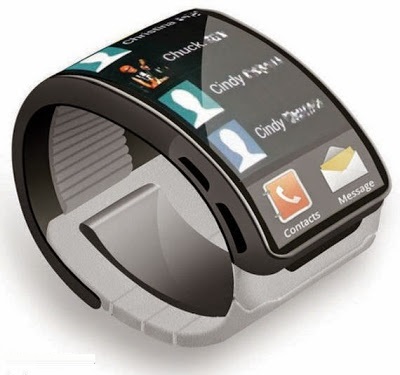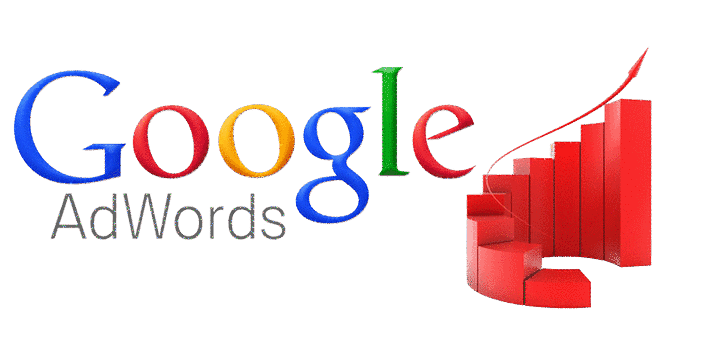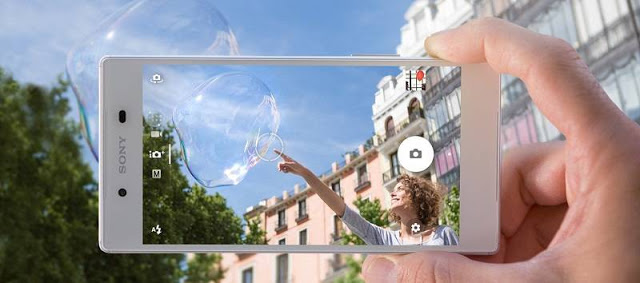Li-Fi Internet Technology Has Surpassed Wi-Fi Hundreds Times
Li-Fi Internet Technology Has Surpassed Wi-Fi Hundreds Times
The latest discovery by scientists is a new way to connect to the Internet using a video medium, not by radio waves in the usual wireless connection. According to experts, modern Li-Fi Technology has overtaken Wi-Fi hundreds of times. Follow us to discover this technique!
With this technology, the Internet is connected at a much higher speed than the conventional Wi-Fi technology hundreds of times, and scientists say that the speed of the ‘Li-Fi’ is one gigabyte per second.
Requires a source of lighting, such as ordinary lamps, a way to connect to the Internet, and a detector of images. Technology has tested many companies. Experience has shown the success of connection by a light bulb at a speed of one gigabyte per second.
▶ The Future of High-Speed Connectivity
The internet has revolutionized the way we communicate, work, and live our lives. With the increasing demand for high-speed internet, researchers and innovators have been exploring new technologies to meet this need.
One of the most promising technologies that has emerged in recent years is Li-Fi. In this article, we will explore what is, how it works, and its potential to transform the way we connect to the internet.
What is Li-Fi Internet Technology?
A short for Light Fidelity is a wireless communication technology that uses light waves to transmit data. It is a subset of Visible Light Communication (VLC), which uses visible light to transmit data instead of radio waves used in traditional Wi-Fi. Li-Fi uses LED lights to send data at high speeds, making it a promising alternative to traditional Wi-Fi.
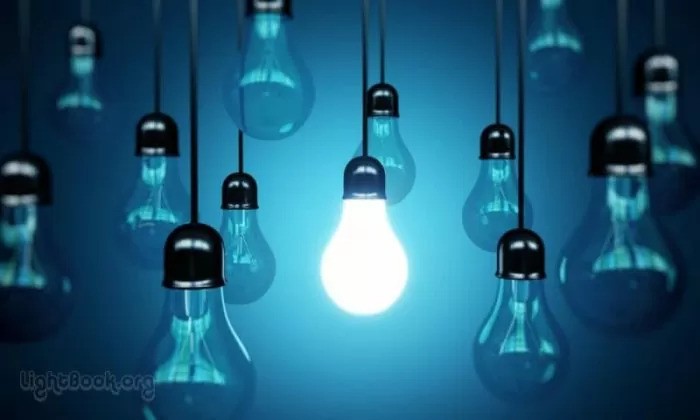
Li-Fi Technology
The practical tests have theoretically demonstrated the speed of access to about 220 gigabits per second, they said; The tests were conducted in several offices so that staff could have access to the Internet; It has also been conducted in several industrial zones, where there are modern techniques for smart lighting.
‘The new technology will be put on the market for use over many years,’ he said, adding that he would be subject to many tests and tests. Professor Harald Haas of the University of Edinburgh was the first to use the term Modern Li-Fi.
As he explained the new technology at the Technology, Entertainment and Design Conference ‘Ted’ in 2011; The video that showed a video was uploaded by a light bulb; YouTube has more than 2 million views. Professor Haas noted that millions of light bulbs could be used in the future as alternative units for wireless Internet use.
The advantage of modern technology is that it does not interfere with different signals and oscillations. This enables the user to use them in airplanes and many places that interfere with Wi-Fi and wireless waves; The radio waves are relatively short, while the optical range is tens of thousands of times higher, and this increases longevity.
Some disadvantages of this modern technology are that it is light, and cannot be used in the open air where the sun’s rays are incompatible with it. The ‘Li-Fi’ waves cannot penetrate the walls, which limits their use, because they will be in specific places as an assistant to networks, such as crowded areas, or places where Wi-Fi usage is dangerous. Where there are medical devices or other wireless technologies that conflict with it.
How Does Li-Fi Internet Technology Work?
It uses light-emitting diodes (LEDs) to transmit data. These LEDs flicker at a high frequency, which is not visible to the human eye but can be detected by a photodetector.
This photodetector then converts the changes in light intensity into electrical signals, which are then used to transmit data. The process of flickering LEDs at high frequencies can be used to transmit data at high speeds, making a high-speed wireless communication technology.
Advantages
- High-speed internet: Can transmit data at speeds up to 100 Gbps, which is 100 times faster than traditional Wi-Fi.
- More secure: Signals cannot pass through walls, making it more secure than Wi-Fi. It is also less susceptible to interference from other devices.
- No interference with radio waves: Uses light waves instead of radio waves, making it ideal for environments where radio waves can cause interference, such as hospitals and aircraft.
- Cost-effective: LED lights used in Li-Fi are becoming cheaper and more energy-efficient, making it a cost-effective alternative to Wi-Fi.
Applications
It has a wide range of applications, some of which are:
- Internet of Things (IoT): This can be used to connect IoT devices, such as smart homes and smart cities, to the Internet.
- Healthcare: This can be used in hospitals to provide high-speed internet connectivity without interfering with medical equipment.
- Airplanes: Used in airplanes to provide high-speed internet connectivity without interfering with other electronic devices.
- Military: Used in military applications where secure communication is crucial.
Challenges
Although it has several advantages, it also has some challenges that need to be addressed before it can become a widespread technology. Some challenges are:
- Limited range: Signals can only travel in a straight line and cannot pass through walls, making the range limited.
- Dependence on light: Signals are dependent on light, which means they cannot be used in areas where there is no light, such as underground tunnels and mines.
- Interference from external light sources: External light sources can interfere with Li-Fi signals, which can cause signal degradation.
Pros and Cons
The world has been gradually transitioning from wired internet connections to wireless ones. Wi-Fi technology has been the most popular wireless internet connection for many years, but it has some limitations.
A new wireless communication technology is quickly gaining popularity as an alternative to Wi-Fi. Li-Fi technology uses light waves to transmit data instead of radio waves used by Wi-Fi technology. It is known for its high speed, efficiency, and security. However, it also has its limitations. In this article, we will explore the pros and cons.
Pros
High Speed
One of the most significant advantages is its high speed. It transmits data at a speed of up to 224 gigabits per second, which is 100 times faster than Wi-Fi technology. This high speed makes it possible to transfer large files in a matter of seconds. For instance, downloading an entire movie can take just a few seconds with technology.
Security
Another significant advantage is its security. It uses light waves to transmit data, which cannot penetrate walls or other solid objects. This means that the data transmitted remains confined to the room or area where the light is present. Therefore, it is much more secure than Wi-Fi technology, which can be easily intercepted by hackers.
Efficiency
Li-Fi technology is more efficient than Wi-Fi technology. It uses LED light bulbs to transmit data, which are more energy-efficient than Wi-Fi routers. In addition, it does not interfere with other wireless signals, making it ideal for use in crowded areas such as airports, train stations, and hospitals.
No Electromagnetic Interference
It does not produce any electromagnetic interference. Wi-Fi technology, on the other hand, produces electromagnetic interference that can interfere with other electronic devices, such as TVs and radios. This means that it can be used in areas where Wi-Fi technology is not allowed, such as hospitals and aircraft.
Cons
Limited Range
One of the biggest limitations is its limited range. It can only transmit data within the range of the light source. This means that the data cannot be transmitted through walls or other solid objects. Therefore, it is not suitable for use in large areas or buildings.
High Cost
Li-Fi is relatively new and is still in the development phase. As a result, the cost of equipment is currently higher than Wi-Fi equipment. However, as technology becomes more widespread, the cost is expected to decrease.
Line of Sight
It requires a line of sight between the transmitter and receiver. This means that any obstruction, such as a person or object, can disrupt the signal. Therefore, technology is not suitable for use in areas where there are many obstacles.
Dependent on Light
Requires a light source to transmit data. This means that it cannot be used in areas where there is no light, such as underground tunnels or during a power outage.
Conclusion
In conclusion, Li-Fi has many advantages over Wi-Fi technology, including high speed, security, efficiency, and no electromagnetic interference. However, it also has its limitations, including limited range, high cost, line of sight requirement, and dependence on light.
Despite these limitations, Li-Fi technology has great potential and is expected to become more widespread in the future. As technology continues to evolve, we can expect to see many more advancements in wireless communication technology.
Topics That May Interest You
- Protect Your Child Online from Risks with Potati Browser
- Watch the Largest Truck in the World BELAZ 75710 (Video)
- A Game Dedicated to Mobile That Helps You to Stop Smoking
Huawei Nexus 6 & Nexus 5x Best Mobile Phone for Year
- Li-Fi Internet Technology Has Surpassed Wi-Fi Hundreds Times
